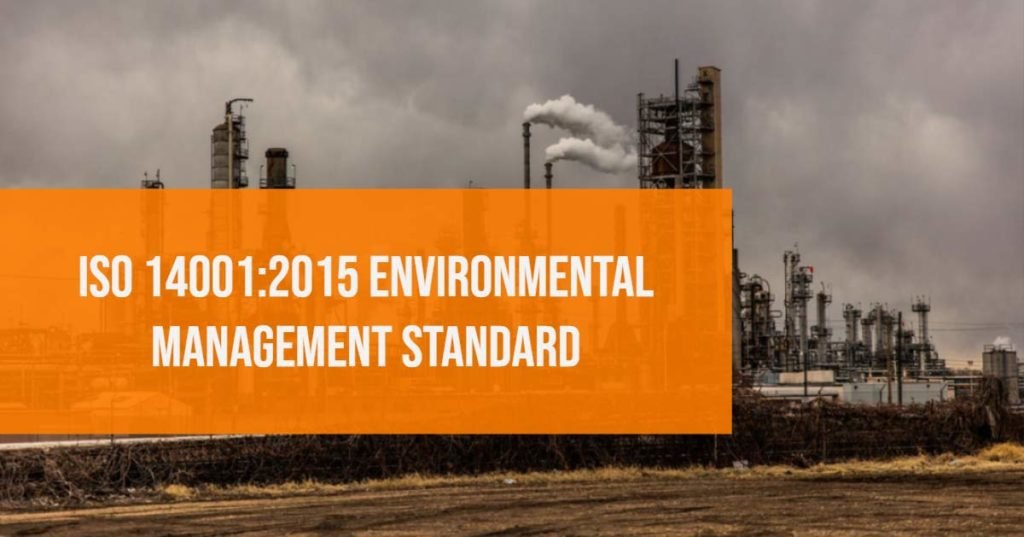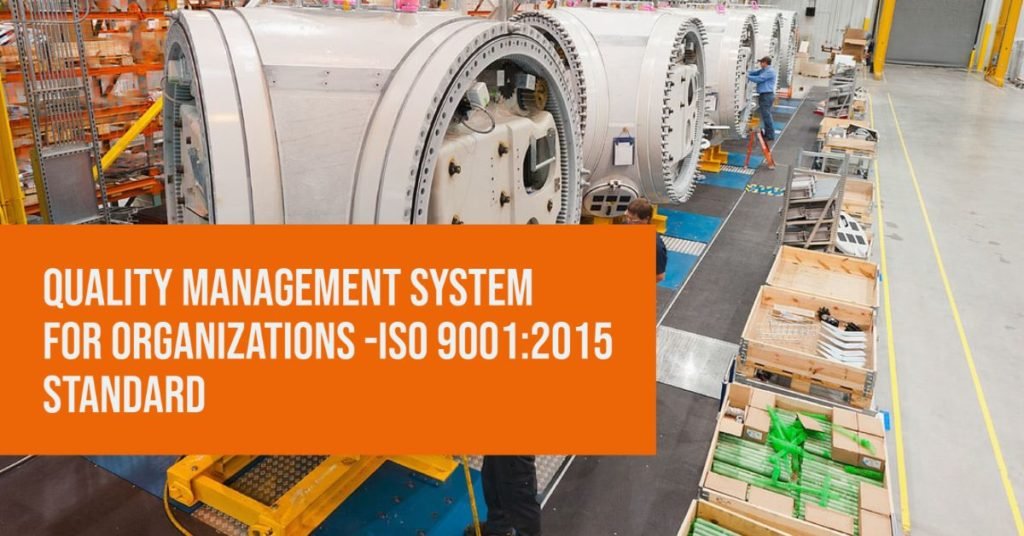Workplace safety is an important aspect of an organization’s success. It will help increase business productivity and profitability in the long run. So, ensuring workplace safety is vital for every organization. ISO Certification such as the ISO 45001:2018 Standards provides detailed guidelines on employee safety.
ISO 45001 Standard will help organizations transform their workplaces into safe areas that will reduce incidents. Workplace-related accidents are on the rise and it is adverse for organizations when it happens recurrently.
This article explores the importance of ISO 45001:2018 standards in ensuring workplace safety, along with some best practices that organizations can adopt.
ISO 45001 Occupational Health and Safety Standards – Highlights
The ISO 45001:2018 Standard is a globally recognized health and safety standard. It will provide the framework for organizations to keep their office spaces and premises safe from any accidents. It will also help in elevating the brand image of the organization.

The health and safety management system helps organizations demonstrate their compliance with the ISO 45001 Standard. Also, it will support the organizational commitment to providing a safe and healthy workplace for its employees.
Risk Management is one of the key focus areas of the Health and Safety Standard. The ISO 45001 Standard has a checklist to follow. The process includes identifying the vulnerabilities in the current organizational operations.
1. Internal Audit and Risk Management
The Audit or the Quality team must identify potential hazards, and risks associated with a system, and apply the corrective actions accordingly. Changing the assembly line layouts, warehouse interiors, manufacturing unit floor plans, etc., could often lead to positive results.
Ultimately, providing an environment that can prevent accidents and illnesses is the objective of ISO 45001 Standard implementation. Also, to ensure a safer working environment for all.
2. Systematic Approach to Health and Safety Management
Furthermore, ISO 45001 promotes a systematic approach to health and safety management. It emphasizes the importance of a structured framework that includes policies, procedures, and ongoing monitoring to ensure compliance with safety regulations.
This systematic approach not only reduces the likelihood of accidents but also enhances an organization’s ability to respond effectively to unforeseen circumstances. Applying the corrective actions and transforming the workplace is part of implementing the continuous improvement practices in the system.
3. Continuous Improvement
Every stage of operations and the business process requires the implementation of continuous improvement best practices. Ensuring employee safety on a shop floor or assembly line is a crucial aspect and it must maintained throughout every single operational cycle.
Thus, maintaining a level of standardization across organizational operations. So, it will help the organization easily expand to new markets. The process of Continuous improvement will help in rectifying errors and ensure progress.
The standardization of ISO Certification is such that it is globally acceptable. It allows the brand to easily expand to new verticals and countries.
Best Practices to implement for Work Place Safety
By implementing the best practices of work place safety, the organization can ensure the accidents at work is reduced. Also, a framework is ready for employees to follow so that they can act the right way during a unavoidable circumstance.

The Standard Operating procedure will help in keeping the workplace safe from any unplanned hazards and reduce the risks of accidents. So, here are few of the best practices for workplace safety that an organization can follow.
1. Providing Training to Employees
The employees must be aware of the workplace safety standards. The organization must ensure the employees receive proper training on do’s and don’ts in the workplace. Sectors such as construction, mining, heavy equipment operations, manufacturing, etc., must provide periodic training for the employees.
The quality team must conduct regular training programs on topics such as emergency procedures, proper handling of equipment, and the importance of personal protective equipment (PPE), etc.
Additionally, fostering a safety-conscious culture through awareness campaigns and communication channels is also advisable for enhancing workplace safety.
2. Regular Safety Inspections and Audits:
Regular inspections and audits help identify potential hazards and assess the effectiveness of existing safety measures.
By conducting thorough examinations of the workplace, organizations can proactively address issues before they escalate. These assessments should be documented, and corrective actions should be implemented promptly.
3. Emergency Response Planning:
Having a well-defined emergency response plan is crucial for minimizing the impact of unforeseen events. This includes procedures for evacuation, first aid, and communication during emergencies.
Regular drills and simulations can help ensure that employees are familiar with the protocols and can respond effectively in crises.
4. Health and Wellness Programs:
Promoting employee health and well-being contributes to overall workplace safety. Organizations can implement health and wellness programs that address physical and mental health. These initiatives can include fitness programs, stress management workshops, and access to healthcare resources.
5. Use of Personal Protective Equipment (PPE):
Providing and enforcing the use of appropriate PPE is essential in high-risk industries. Whether it’s helmets, gloves, goggles, or other protective gear, ensuring that employees have access to and use the necessary equipment significantly reduces the risk of injuries.
These best practices will help organizations in empowering their employees with workplace safety standards. Also, transform the organization into a more employee-friendly and incident-free environment.

By following the best practices of continuous improvement, the ISO 45001:2018 guidelines, organizations can gain elevated stakeholder trust and brand image. The framework of the health and safety management system will help the organization establish a standardized operating process.
The ISO 45001:2018 Standard will help businesses create a secure working environment that meets all the regulatory requirements. Also, it will help foster a culture of safety and well-being among employees.
Thus, enabling organizations to not only protect their employees but also enhance their overall operational resilience and success.
To learn more about ISO 45001:2018 Certification Standards and the Implementation of the Health and Safety Management System, talk to our expert ISO Team right away!



